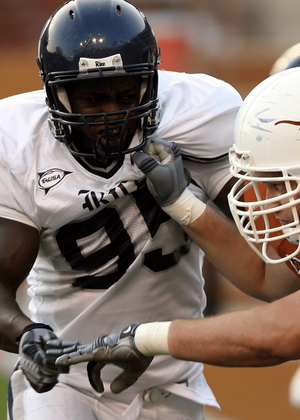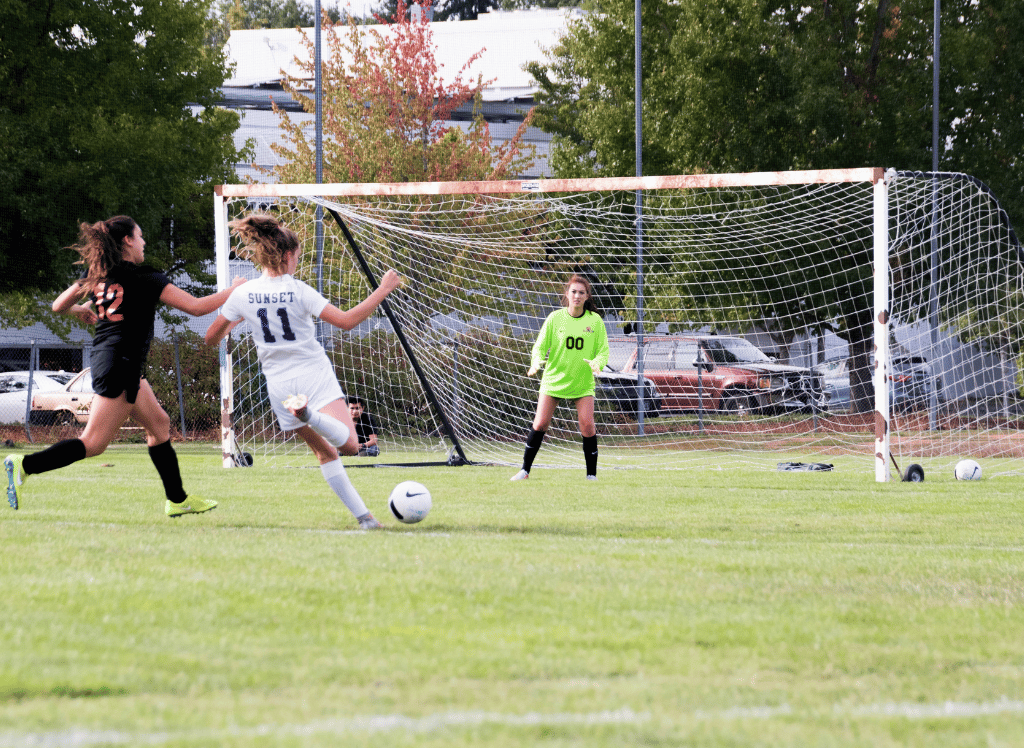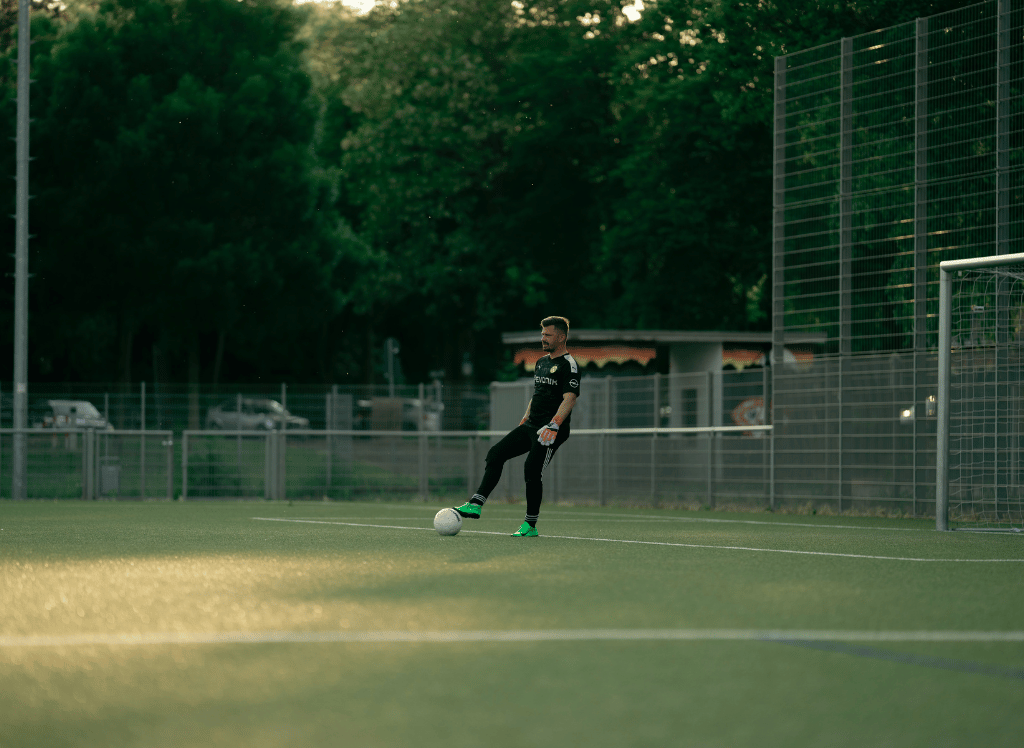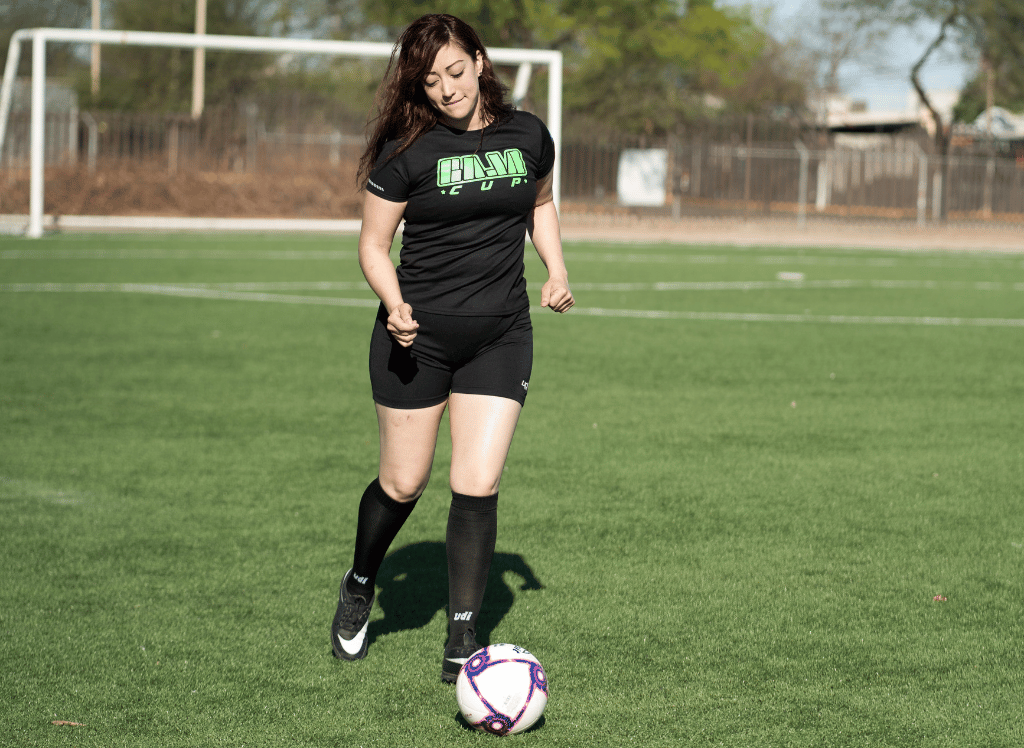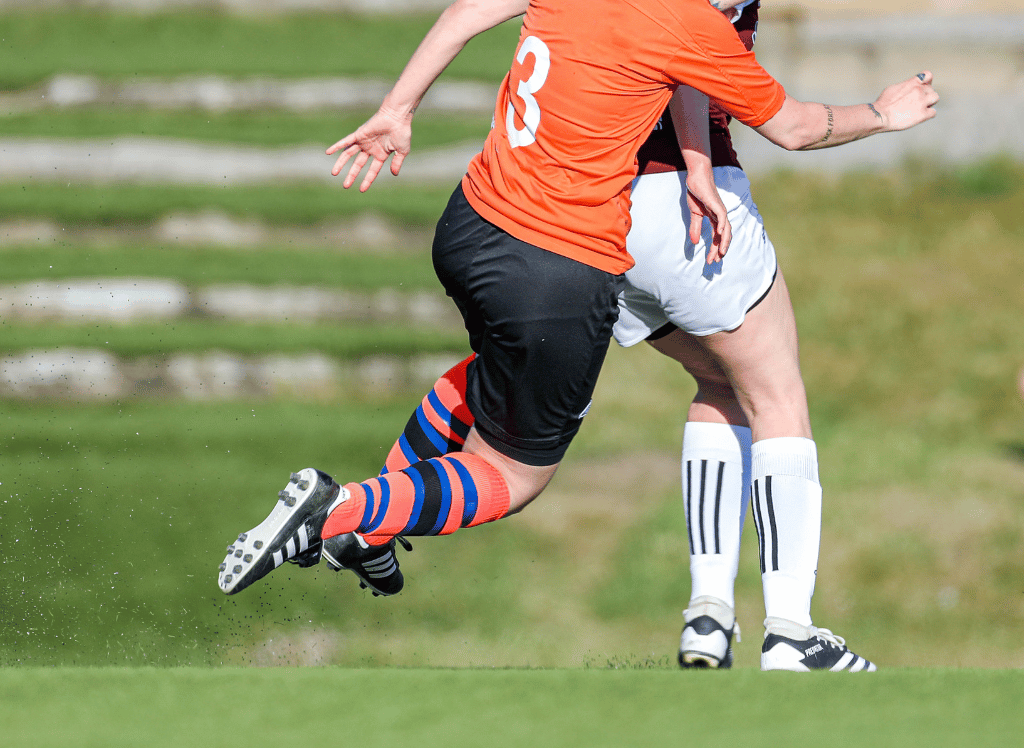Soccer, known as football outside North America, is a sport rich with positions, tactics, and roles. One of the most dynamic and exciting positions on the pitch is that of the winger. We'll delve into the intricacies of what a winger is, their responsibilities, and the skills required to excel in this position.
- Understand the fundamental role and responsibilities of a winger in soccer.
- Learn about the different types of wingers and the tactical variations they offer.
- Discover the essential skills and attributes that make a successful winger.
The Role of a Winger Explained
A winger in soccer is a player who operates primarily along the wide areas of the pitch. Their main role is to deliver crosses, beat opponents with speed and skill, and create goal-scoring opportunities for their teammates. Wingers are typically fast, agile, and possess excellent dribbling abilities, allowing them to take on defenders and provide width to the team's attack.
Wingers can be found in various formations, such as the classic 4-4-2, where they are expected to contribute to both offensive and defensive phases of play. In modern soccer, wingers are often seen in more advanced positions in formations like the 4-3-3 or 3-4-3, where their primary focus is on attacking and less on defensive duties.
Different Types of Wingers
There are several types of wingers in soccer, each bringing a unique set of skills and tactical options to a team. Traditional wingers are known for their pace and ability to deliver accurate crosses from the sidelines. In contrast, inverted wingers, who play on the opposite side of their dominant foot, tend to cut inside and shoot or create plays, adding an element of unpredictability to the attack.
Another variation is the wing-back, a more defensive-minded winger who plays in a formation with three central defenders. Wing-backs are expected to cover a lot of ground, supporting both the defense and the attack, making stamina and tactical awareness crucial for this role.
Skills and Attributes of a Successful Winger
To be a successful winger, a player must have a combination of technical skills and physical attributes. Speed and acceleration are essential for outrunning opponents and creating space. Additionally, a winger must have excellent ball control and dribbling skills to navigate through tight spaces and evade defenders.
Good crossing ability is another key skill for a winger, as delivering the ball accurately into the penalty area can lead to scoring opportunities. A winger must also be versatile, able to adapt to different game situations, and possess a good understanding of when to pass, shoot, or take on a player.
Tactical Evolution of Wingers
The tactical role of wingers has evolved significantly over the years. In the past, wingers were primarily tasked with hugging the touchline and providing crosses. However, modern soccer has seen a shift towards more fluid and interchangeable positions, with wingers now playing a more integral role in a team's overall attacking strategy.
This evolution has led to wingers being more involved in goal-scoring, often drifting inside to overload central areas or to find space for a shot. The modern winger must be tactically astute, able to read the game, and make intelligent runs to exploit defensive weaknesses.
Training and Development for Wingers
Developing into a top-class winger requires focused training and a dedication to improving specific aspects of one's game. Drills that enhance speed, agility, and dribbling are fundamental, as is practicing crossing and finishing. Wingers must also work on their defensive contributions, learning to track back and support their full-backs when the team is under pressure.
Mental attributes such as decision-making and game intelligence are honed through experience and studying the game. Young wingers can benefit from watching professional players, understanding their movements, and learning from their choices on the pitch.
Famous Wingers in Soccer History
Throughout soccer history, there have been many famous wingers who have dazzled fans with their performances. Players like George Best, Stanley Matthews, and Garrincha set the standard for what a winger could achieve with their incredible dribbling and crossing abilities.
In more recent times, Cristiano Ronaldo and Lionel Messi, although not traditional wingers, have shown how the position can be a platform for scoring goals and leading a team's attack. Their impact on the game has redefined the expectations and responsibilities of a winger in the modern era.
The Importance of Wingers in Team Dynamics
Wingers play a crucial role in the dynamics of a soccer team. They provide balance by stretching the opposition's defense, creating space for midfielders and strikers to operate. Their ability to beat players one-on-one can change the course of a game, making them valuable assets in breaking down stubborn defenses.
Moreover, wingers are often involved in high-pressure situations, requiring them to remain composed and make the right decisions under stress. Their contributions can be the difference between a win and a loss, highlighting the importance of having effective wingers in a team's lineup.
Wingers and Modern Soccer Formations
In modern soccer formations, the role of the winger has become more fluid and multifaceted. Coaches often deploy wingers in a way that maximizes their strengths and minimizes their weaknesses. For example, a team playing a 4-3-3 formation may use a traditional winger on one side and an inverted winger on the other to create a varied attacking threat.
The flexibility of wingers allows teams to switch formations with ease during a match, adapting to the flow of the game and the tactics of the opposition. This versatility makes wingers invaluable in the modern tactical landscape of soccer.
Challenges Faced by Wingers
Despite the glamour associated with being a winger, the position comes with its own set of challenges. Wingers must consistently perform at high speeds, which can be physically demanding over the course of a match or a season. They also face the challenge of being marked by some of the best defenders in the game, requiring them to be creative and resilient.
Injuries are another concern, as the explosive nature of the position can lead to muscle strains and other issues. Wingers must maintain peak physical condition and manage their bodies carefully to avoid time on the sidelines.
Soccer Wingers FAQs
Have you ever wondered what the heck is a winger? It's like a secret language on the field, leaving us clueless, feeling lost, and out of the loop. It's frustrating, right? So we hope this frequently asked questions section can help you learn more about wingers. So get ready to score some knowledge.
What is the primary job of a winger in soccer?
The primary job of a winger is to provide width to the team's attack, create scoring opportunities through crosses or direct play, and to beat opposing defenders with speed and skill.
Can wingers play on both sides of the pitch?
Yes, wingers can play on both sides of the pitch. Some are versatile enough to switch flanks during a game, while others specialize on one side. Inverted wingers often play on the opposite side to their dominant foot to facilitate cutting inside and shooting.
How has the role of the winger changed in modern soccer?
The role of the winger has become more versatile and goal-oriented in modern soccer. Wingers are now more involved in scoring and playmaking, often drifting inside to participate in central attacking moves, rather than just providing width and crosses from the sidelines.
Summary of Soccer Wingers
The winger in soccer is a position that combines athleticism, skill, and tactical awareness. From traditional touchline-hugging wingers to the modern inverted winger, the role has evolved but remains a vital part of a team's attacking arsenal. Successful wingers must possess speed, dribbling ability, and the mental fortitude to make impactful decisions on the pitch. As soccer continues to evolve, so too will the role of the winger, adapting to new formations and tactical demands.

